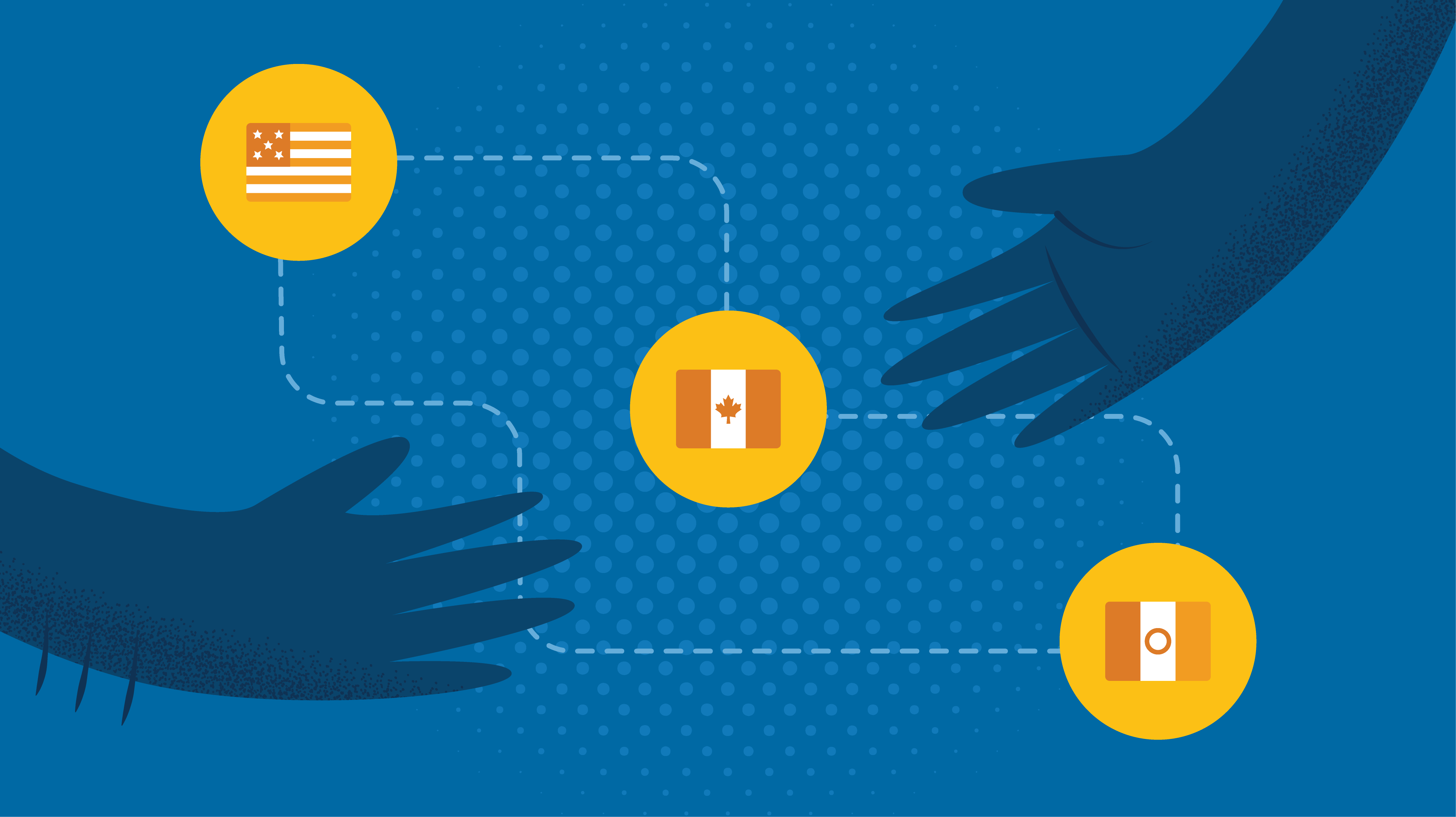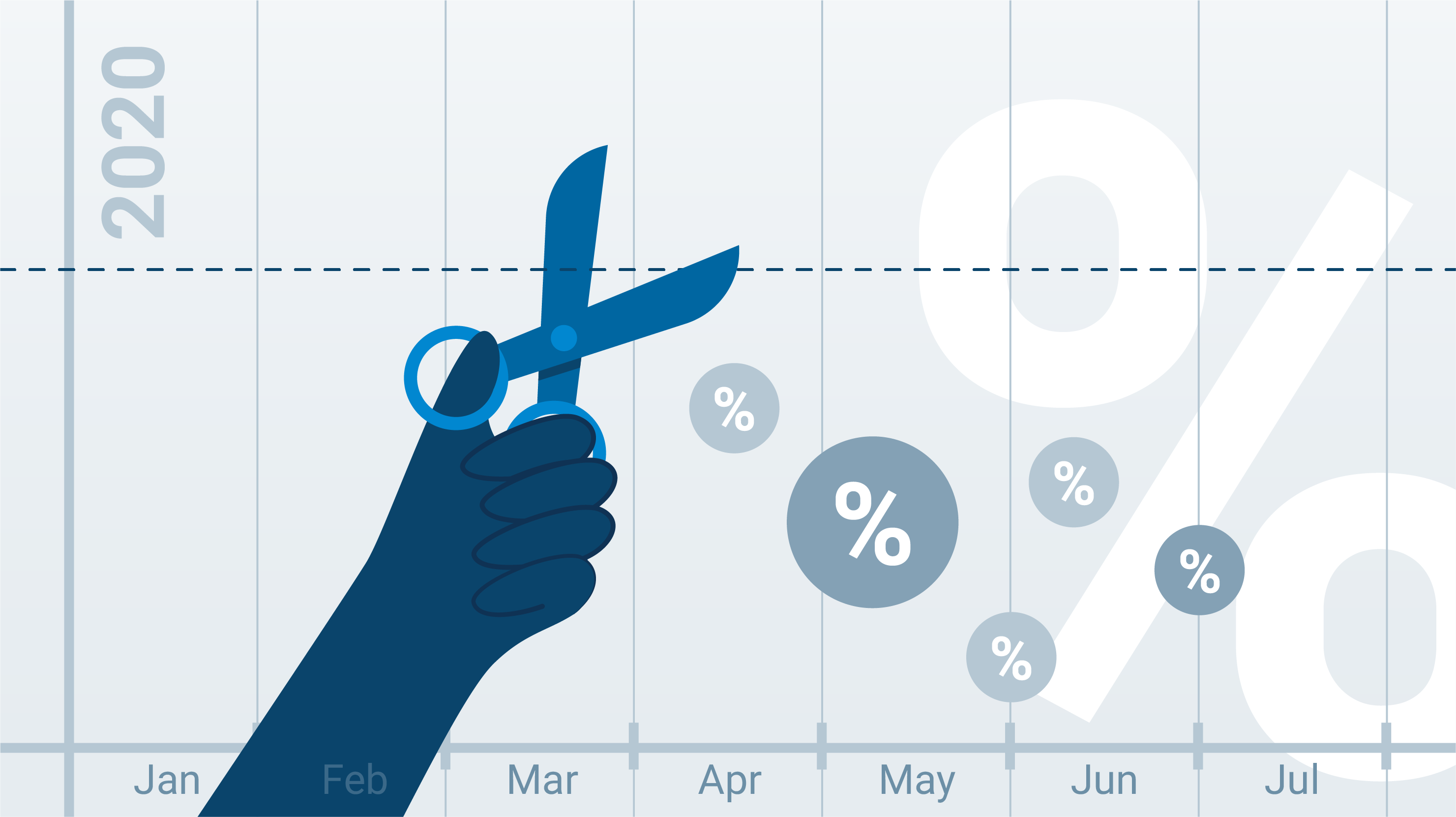By: Penelope Graham, Zoocasa
It was a long-fought battle, but trade relations between Canada and the U.S. are now on tentatively stable ground; in September, our two nations, along with Mexico, drafted the United States Mexico Canada Agreement, the new tri-lateral resolution to an impasse over the former North American Free Trade Act.
While the USMCA has yet to come into force, it is already having a dramatic impact on monetary policy and the Canadian interest rate environment. In October, the Bank of Canada – which sets the tone for interest rate prices for consumer lenders – hiked its Overnight Lending Rate for the third time in 2018 to 1.75%
It was the BoC’s first upward movement since July when, after much hawkish talk of the need to tighten monetary policy earlier this year, it seemed to put the brakes on its upward trajectory citing the lingering uncertainty between Canada and its biggest trade partner.
No More “Uncertainty”
That caution appears to have gone out the window. Not only did the BoC increase its rate, but it emphasized another is likely to come in 2018 with more slated next year, as the economy and rate of inflation outperform forecasted expectations.
“The new [USMCA] will reduce trade policy uncertainty in North America, which has been an important curb on business confidence and investment,” the Bank stated in its October announcement.
And, while it acknowledges previous rate hikes are still being absorbed by the economy and borrowers, more will be needed to keep economic balance, especially as the newly-strengthened trade relationship starts to pick up.
“Given all of these factors, Governing Council agrees that the policy interest rate will need to rise to a neutral state to achieve the inflation target. In determining the appropriate pace of rate increases, Governing Council will continue to take into account how the economy is adjusting to higher interest rates, given the elevated level of household debt. In addition, we will pay close attention to global trade policy developments and their implications for the inflation outlook.”
A “neutral” interest rate will range between 2.5 and 3.5%, according to the Bank – so borrowers should brace for at least three more rate increases to get to the lower end of that scale.
How Will This Impact Clients?
While the central bank hiking rates is a good sign for economic health, borrowers have less to cheer about as any upward movement mandated by the BoC trickles down into their affordability. Here are the top challenges they should prepare for, as interest rates heat up.
It’ll be tougher to qualify for the stress test: The mortgage qualification stress test, implemented as part of Guideline B-20 last January, requires all high- and low-ratio borrowers of brand-new or refinanced mortgages to qualify at the BoC’s five-year benchmark rate. This is based on the average of the big banks’ posted rates, and is currently roughly 2 per cent higher than the best contract rates available on today’s market. That’s effectively whittled the amount of mortgage – and house – borrowers qualify for.
A higher overnight lending rate will now effectively creep into the stress test, as government bond yield investors have sold bonds in response. That will in turn prop up posted five-year fixed rates at consumer lenders, and prompt the BoC to increase its benchmark, meaning the stress test threshold will only get higher.
Variable rates will be less popular: While variable rates have historically been more affordable than fixed, their popularity tends to drop in a rising rate environment, especially among risk-adverse borrowers. With the BoC’s hikes eating away at the principal paid on existing mortgages, some variable-rate mortgage holders may be tempted to lock into a fixed option upon renewal, while first-time borrowers will continue to favour fixed terms overall.
Home buyer demand may decline: With fewer prospective buyers passing the stress test (a recent report from Mortgage Professionals Canada finds 18% of applicants will fail) prospective home buyers, especially those in hyper-competitive markets such as Toronto homes for sale, may opt to wait, save a larger down payment, or remain in the rental market as affordability suffers.
Penelope Graham is the Managing Editor at Zoocasa, a leading real estate resource that combines online search tools and a full-service brokerage to empower Canadians to buy or sell their homes faster, easier and more successfully. Buyers can browse listings in a number of markets, including Toronto real estate and the surrounding areas such as Mississauga, Brampton, and Kitchener homes for sale.




